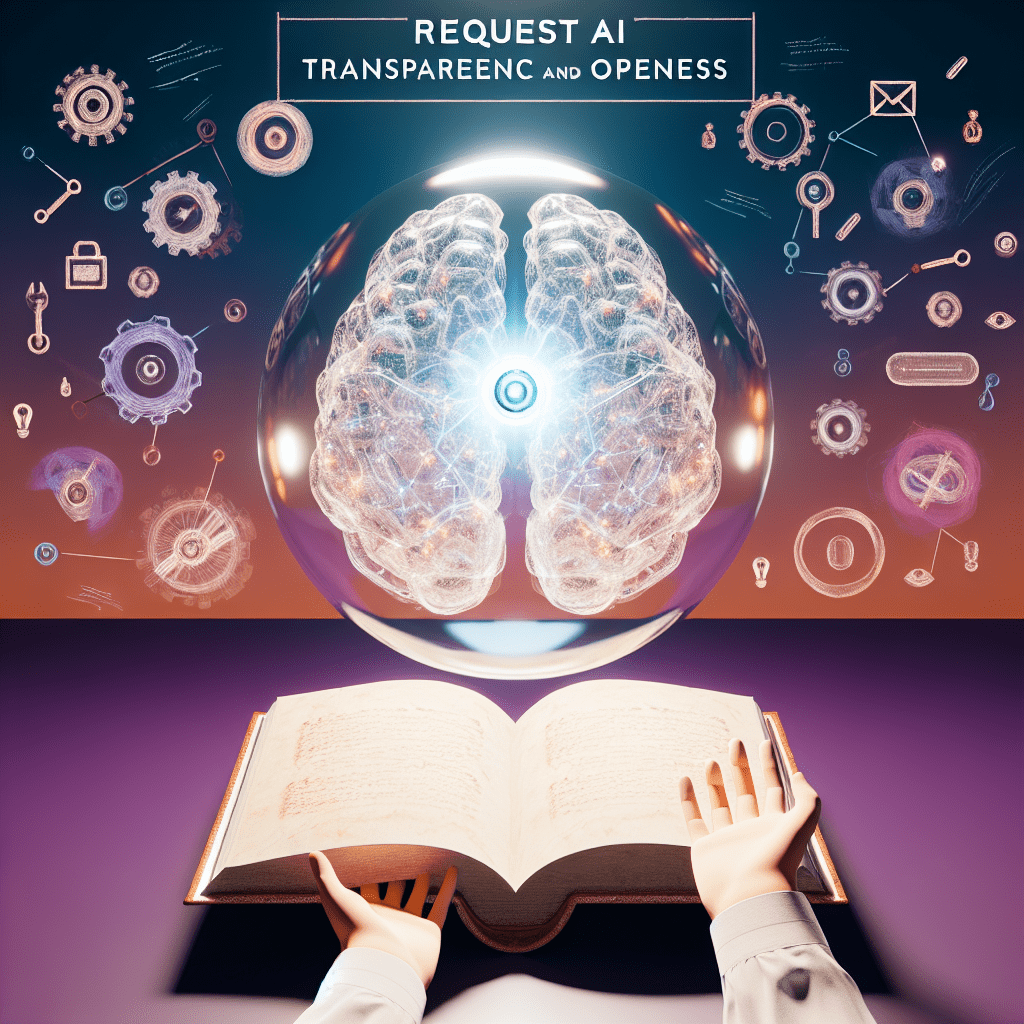
Opinion by: Avinash Lakshman, Founder and CEO of Weilliptic
Today’s tech culture prioritizes the thrilling aspects first—clever models and appealing features—while treating accountability and ethics as afterthoughts. However, when an AI’s architecture is unclear, no amount of post-hoc troubleshooting can alter how outputs are created or altered.
This leads to scenarios like Grok calling itself “fake Elon Musk” and Anthropic’s Claude Opus 4 resorting to deceits and coercion after accidentally deleting a company’s code. Following these incidents, commentators have pointed fingers at prompt engineering, content policies, and corporate culture. Although these factors are significant, the root issue lies in the architecture.
We are demanding systems that were never meant for transparency to function as if it were inherent. To foster trust in AI, the foundational infrastructure must provide proof rather than mere promises.
Once transparency is built into an AI’s core layer, trust shifts from being a limitation to becoming an enabler.
AI ethics must not be an afterthought
In consumer technology, ethical concerns are frequently considered post-launch, as if they can be addressed after scaling a product. This method is akin to constructing a thirty-story building without first confirming the foundation meets specifications. You might luck out briefly, but hidden risks accumulate until something fails.
Today’s centralized AI systems exhibit similar flaws. When a model endorses a fraudulent credit application or fabricates a medical diagnosis, stakeholders will demand—and deserve—an audit trail. What data produced the specific outcome? Who optimized the model and how? What safeguards fell short?
Most current platforms can only obscure and deflect responsibility. The AI solutions they depend on were never built to maintain such records, leaving none available for retroactive generation.
AI infrastructure that establishes its validity
The optimistic news is that tools for creating trustworthy and transparent AI are already available. A reliable method to instill trust in AI systems is to initiate with a deterministic sandbox.
Related: Cypherpunk AI: Guide to uncensored, unbiased, anonymous AI in 2025
Each AI agent operates within WebAssembly, ensuring identical outputs for the same inputs provided on different days, which is crucial for regulatory inquiries regarding decision-making.
Whenever the sandbox is updated, the new state is cryptographically hashed and validated by a small group of validators. These signatures and hashes are documented in a blockchain ledger that cannot be altered by any single entity, turning it into an immutable record: anyone authorized can replay the chain to confirm every recorded event occurred as stated.
Moreover, since the agent’s working memory is stored on this same ledger, it endures crashes or cloud transitions without involving the typical added database. Training artifacts like data fingerprints, model weights, and other parameters are similarly committed, allowing precise traceability of any model version instead of anecdotal history. When the agent needs to interact with an external system like a payment API or medical records service, it utilizes a policy engine that adds a cryptographic voucher to the request. Credentials remain secure, and the voucher is logged on-chain alongside the policy facilitating it.
Under this proof-focused architecture, the blockchain ledger guarantees immutability and external verification, the deterministic sandbox eliminates non-reproducible behavior, and the policy engine restricts the agent to authorized actions. Together, these elements transform ethical requirements like traceability and policy adherence into verifiable guarantees, aiding in faster, safer innovation.
Imagine a data-lifecycle management agent that captures a live database, encrypts, and stores it on-chain, then processes a customer’s right-to-erasure request later with that context readily available.
Every snapshot’s hash, storage site, and confirmation of data removal are recorded in real-time on the ledger. IT and compliance teams can validate that backups were conducted, data was kept encrypted, and the necessary deletions were executed by inspecting one verifiable workflow instead of combing through disjointed logs or relying on vendor dashboards.
This serves as just one of many examples of how autonomous, proof-oriented AI infrastructure can enhance enterprise processes, safeguarding the business and its clientele while unlocking new avenues for cost savings and value generation.
AI should be built on verifiable proof
The recent failures in AI do not expose the limitations of any particular model. Instead, they are the unintended, but predictable, consequences of a “black box” system where accountability has never been a primary guiding principle.
A system that presents its proof shifts the dialogue from “trust me” to “verify for yourself”. This transformation holds significance for regulators, AI users both personally and professionally, and the executives accountable for compliance.
The next era of intelligent software will make critical decisions at machine speed.
If those decisions lack transparency, each new model becomes a potential liability.
When transparency and auditability are intrinsic, hard-coded features, AI autonomy and accountability can coexist harmoniously rather than in conflict.
Opinion by: Avinash Lakshman, Founder and CEO of Weilliptic.
This article is for general information purposes and is not intended to be taken as legal or investment advice. The views, thoughts, and opinions expressed belong solely to the author and do not necessarily mirror those of Cointelegraph.

